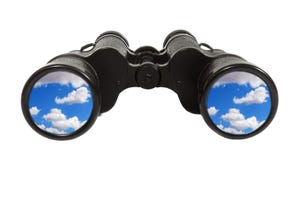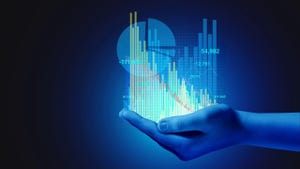Why P&G CIO Is Quadrupling Analytics ExpertiseWhy P&G CIO Is Quadrupling Analytics Expertise
Procter & Gamble's Filippo Passerini is investing in analytics talent, even as the company cuts in other areas, to speed up business decision making.

Passerini talks about the what, why, and how of a problem. "What" is the problem itself -- is market share stable or has it shrunk two points? He thinks P&G has beaten the what problem by giving 58,000 employees business intelligence "cockpits," which are dashboards that link to common data sources so people spend little time arguing over whose data to use.
"Why" is the cause of a problem -- was it a bad TV ad, out-of-stock shelves, or a competitor's new product or price cut that caused a problem? Right now, the P&G IT team is working on automating analysis of the why, so employees get alerts when key events like a supply chain snafu or rival product launch happen.
If P&G can eliminate "what" discussions and some of the "why," and decision-makers can jump right to how to solve a problem, "that radically increases the pace at which they do business," Passerini says.
The final piece is bringing in that business analytics expertise. These are people "at the intersection of business and IT," Passerini says. They need to be as well versed in P&G business issues as a marketing pro. And they need to be skilled in finding information, building data models, and creating simulations.
For example, when CEO Bob McDonald and his executive committee meet each Monday, one data slice they look at is the "top 50"--combinations of products and country markets (Brazil hair care, perhaps, or U.S. pet care) that are the company's 50 largest, making up about 60% of sales. Data visualizations show at a glance if sales or share are moving materially.
If they are, and executives want to drill down, Jeffrey Goldman is the business analyst in that key meeting who delivers those insights, delivering analysis in real time on screens that all the executives see. Is a sales dip in detergent in France because of one retailer, so that's where to focus? Is that retailer buying less only in France, or across Europe? Did P&G cut promotions or raise prices, letting a rival grab share, or is the category overall losing sales? Goldman delivers this kind of data so executives can decide how to respond.
Passerini pictures analytics experts like Goldman sitting in on more meetings to make sure the "how" to solve problems gets sorted out right then and there, not postponed until everyone gets more information. The old model would mean "let's get back to this in two weeks," he says. "You need to be able to answer that question immediately."
Passerini describes the video and data collaboration efforts, and the role of the busines analysts, as "harmonizing" how people do business across P&G. It's the opposite of creating standard reports. It's about creating a standard environment with the right tools, then it's up to the experts in that room to use whatever data they need to make the right decisions.
And make them now.
About the Author
You May Also Like






